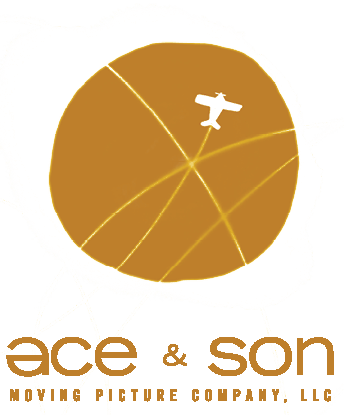This is an essay written by John Hubley originally published in ASIFA, 1975, no. 1. I’ve made minor formatting edits.
The newsletter also recounts his exhibition with Faith Hubley at the American Cultural Center in Paris, at the the initiative of the French Association of Animated Cinema.
New Trends in Characterization in Animation
by John Hubley
In my approach to animation I am looking hopefully for fresh, stimulating ideas in certain aspects of the conceptual process. I am especially concerned with developing “character”. By character, I mean individual, specialized, human character as differentiated from the comic-strip generalities that are the familiars of popular animation. Traditionally the drawing of animated characters is stylized and frequently insensitive and unrelated to actual life modes. We animation artists have too often been content with comic-strip simplicity in terms of drawing, and more than that, in terms of characterization. Young artists today strive to bring more definition to the drawing of character. I think the new vision of human beings as animation “characters” presents a most urgent and promising prospect that needs purposeful extension.
When an animator draws a character he creates a symbol. By abstracting and purifying his representation as an object-organism, an artist creates his equivalent of a writer’s word. With motion he modifies it, and endows it with the power of dynamic transformation which can heighten and intensify the dramatic content. Just as a writer chooses those words which best suit and reveal his purpose, we as artists must chose characterization that go beyond mere linear caricatures. We live in a technological culture which tends to depersonalize and dehumanize its inhabitants. Why should we be content with stamping the same feature upon our work? I can foresee characterizations that go beyond the surface, physical aspects of a character, his facial expressions, movement body shape and bring to light visually dramatically relevant characteristics, his repressed emotional patterns, physical body systems, his drives and dreams.
“Balablok” (Bretislav Pojar, 1972)
Previous examples of this approach are few. Bretislav Pojar created a film at the Canadian Film Board in which a character is shown living with a miniature duplicate of himself inside. When he is confronted with a traffic policeman’s rage, the inner man reacts in various ways which affect the outer man’s behavior. (Disney did something similar in early Pluto shorts, where good and evil impulses in the form angel and devil “consciences” inside Pluto’s brain, struggled for control of his action.) Our own studio is currently preparing a series of three half hour film dramatizations of the Eight Stages of Man inspired by the work of Erik Erikson which will be treated in a somewhat similar manner. We are concerned here with basic character “strength” to which Erikson has given terms such as “Basic Trust” , “Basic Mistrust”, “Autonomy”, “Shame”, “Identity”, “Generality”, etc. So our problem is to show infants as they interact with their social environment; growing inner strength which becomes the core of their lifetime personalities. At this time we are dealing with a series of “inner” images appearing within the characters. The multiple aspect of these inner images reacting and counteracting with the “real” events of a person’s life, is beginning to reach in the direction of joining so-called visual and non-visual aspects of reality.
Artists around the world are defying to old “linear shape” order in graphics. Let’s hope we can defy the animated caricature and opt for humanizing and optimizing human capacities and “character” in animation.
“Everybody Rides the Carousel” (Hubley, 1975)


